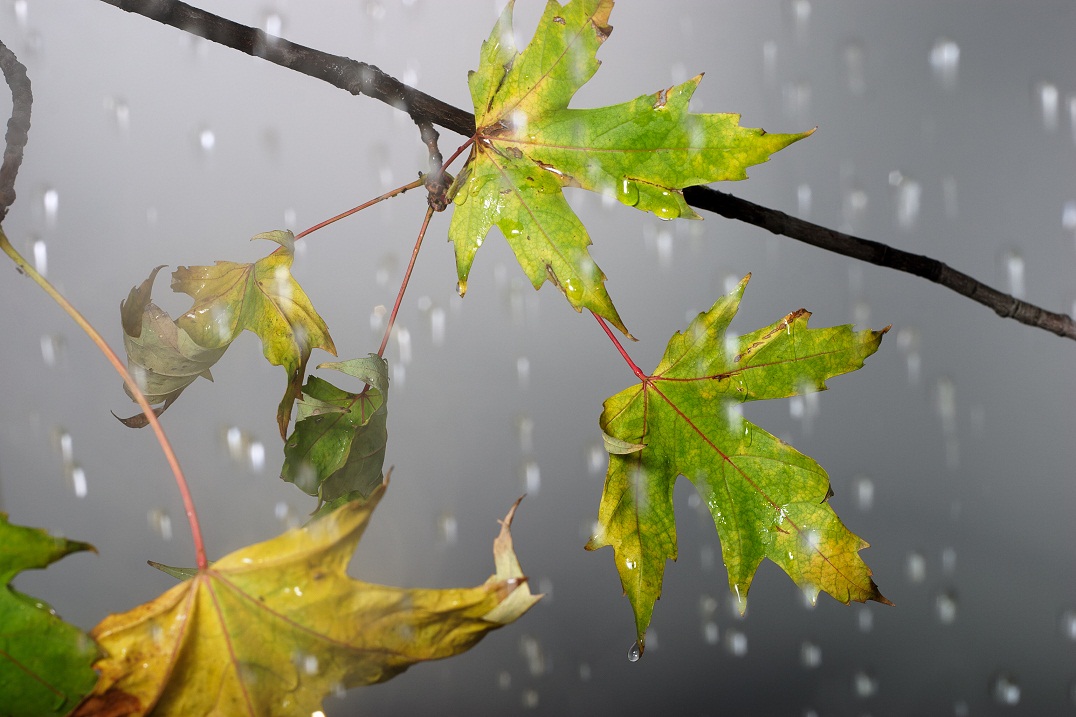This summer a group of Idaho organizations will launch eight floating treatment wetlands into Hayden Lake to help control nutrient pollution. Kootenai Environmental Alliance, the Idaho Department of Environmental Quality (DEQ), the University of Idaho, and the North Idaho College Idea Network of Biomedical Research Excellence (INBRE) are working cooperatively with the Hayden Area Regional Sewer Board on a supplemental environmental project as part of an amended consent decree.
Hayden Lake, located within the Coeur d’Alene National Forest, is a depression with no outlet streams, so pollutants become concentrated as the lake’s water evaporates. Phosphorus is a primary pollutant of concern and has led to algae blooms and proliferation of invasive aquatic plants. The combined pressures of increasing water temperatures and dropping dissolved oxygen levels are threatening the cold-water habitat.
Kootenai Environmental Alliance began piloting floating treatment wetlands on Hayden Lake in 2011. The matrix mats are made from recycled plastic bottles, and natural wetland vegetation is planted on top. The plants grow hydroponically and utilize nutrients in the water. The floating wetlands will help address the problem of nutrient pollution in the lake now, and stormwater runoff issues will be addressed in the long term.
Throughout this summer, University of Idaho and North Idaho College INBRE students will monitor the floating wetlands to determine their effect on water quality and their ability to uptake phosphorus. According to one Kootenai Environmental Alliance project volunteer, the benefits provided by every 23 m2 of floating wetland are equivalent to half a hectare of natural wetland surface area. Additionally, those benefits can be sited strategically. Read more.















